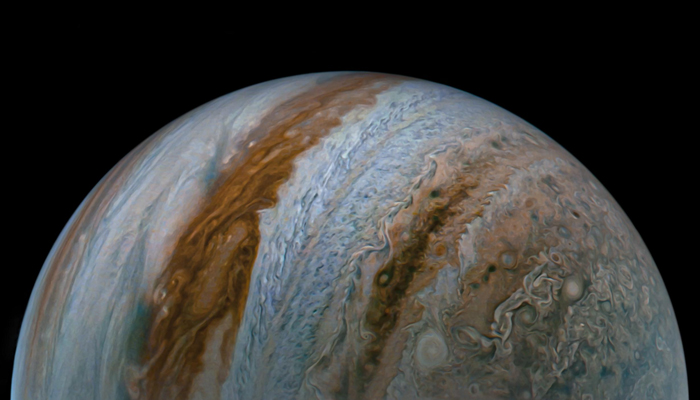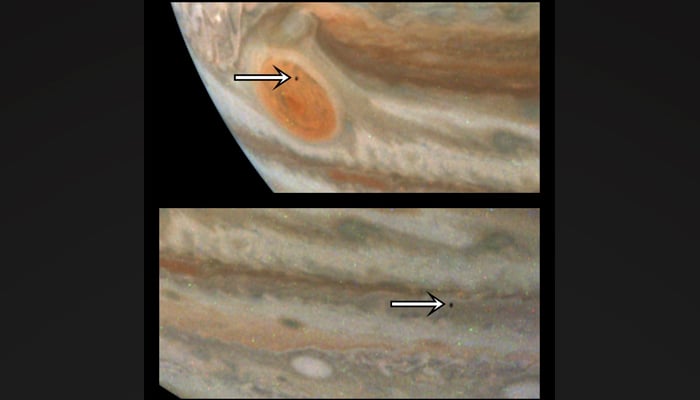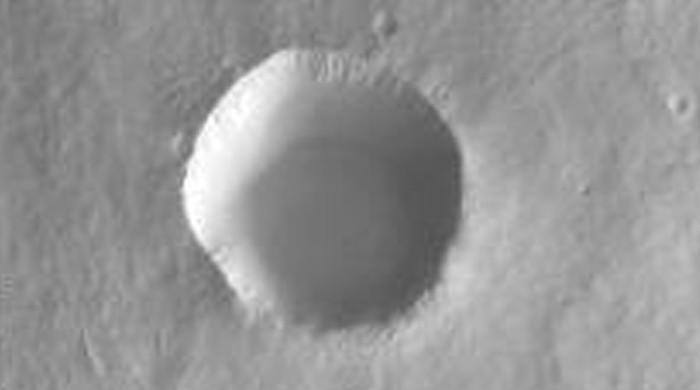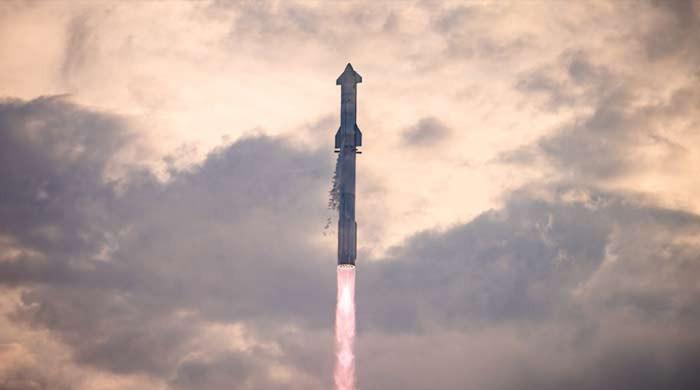Nasa's Juno captures Jupiter's ‘potato moon' in stunning detail
Juno spacecraft snaps gas giant's tiny moon from 560 million miles away
May 15, 2024

Astronomers are marvelling at stunning new images of one of Jupiter's 92 moons, captured by Nasa's Juno probe from a distance of 560 million miles, Jet Propulsion Laboratory (JPL) said on Wednesday.
Nasa’s amazing Juno spacecraft — launched in 2011 and reached Jupiter’s orbit in 2016, snapped the images of tiny moon Amalthea recently.
In the image, Amalthea can be seen above the gas giant’s Great Red Spot which according to the US space agency is an anticyclonic storm with a diameter of Earth. This weather activity on Jupiter has been raging since at least 1831.
The experts studying Jupiter have not spotted the potato-shaped moon since 2000 when Nasa’s Galileo spacecraft revealed impact craters, hills, and valleys on Amalthea.

JPL wrote: "NASA’s Juno mission captured these views of Jupiter during its 59th close flyby of the giant planet on March 7, 2024. They provide a good look at Jupiter’s colorful belts and swirling storms, including the Great Red Spot. Close examination reveals something more: two glimpses of the tiny moon Amalthea."
The statement further explained: "Amalthea is the reddest object in the solar system, and observations indicate it gives out more heat than it receives from the Sun."
The reason for such heat emission may be Jupiter's powerful magnetic field, electric currents that are induced in the moon's core.
Experts discovered 12 new moons orbiting Jupiter in 2023, — 0.6 miles to 2 miles in size.











